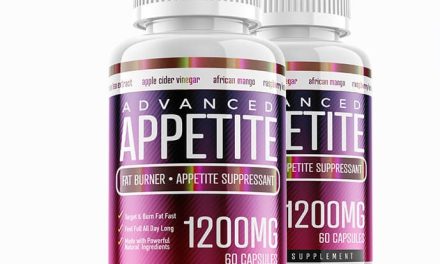With millions of kids across the country still having lead levels that are too high, we chose to make this article to remind homeowners, landlords and anyone else who might be in a situation of renting buildings out what the requirements are with regards to lead paint disclosure in Maryland and the relevant laws that you need to know about.
Back in 2008, the EPA instituted the RRP rule that covers the laws regarding the testing of surfaces when engaging in home improvement that can potentially disrupt the paint, as it would lead to the release of harmful lead dust, why such work has to be done by certified professionals to ensure that it is done safely, and that the area is additionally cleaned up correctly. It was the same time that a few specialized companies such as Check4Lead started offering the only test kits approved by the EPA. While many test kits out there claim to accurately be able to test for the presence of lead, only 2 are sufficiently accurate to be recognized and approved by the EPA.
While the EPA controls laws regarding testing, a lot of the legislation regarding rental disclosures are handled by the individual states.
In accordance with Maryland’s Reduction of Lead Risk in Housing law, if you own a home built before 1978 that is used as a rental, this unit has to be registered with the MDE. There are additional requirements regarding the disclosures required and other actions needed to be taken to comply with the MDE’s lead paint exposure legislation.
Some of the other actions required include inspections of the paint to ensure that the rental meets the Risk Reduction standard, ensuring the safety of renters.
If your home has been shown not to contain any lead, you won’t have to register it annually, and you will also be exempt from paying the fees otherwise required. Since the paint becomes dangerous when it starts deteriorating, continuous inspections are required.
If your rental has been shown not to have any lead paint on the inside, you may be able to qualify for a Limited Lead-Free certificate, which still has to be renewed every two years, at which point you will once again have to prove that the paint isn’t deteriorating and chipping.
Don’t believe that you need to comply with the legislation? Just look at the round-up made in March 2019, where it was outlined how the state intended to get tougher on non-compliant landlords.
Besides the “Lead-Free Certification”, there are two other certifications. The “Full Risk Reduction Certification” and the “Modified Risk Reduction Certification. The former is done with a vacant unit, where dust samples are taken in every single room that are then analyzed to ensure that the results are within the acceptable levels.
Ensuring that there is no peeling paint and that it is a clean unit, will help ensure that you can obtain this level of certification, or significantly improve your chances of it.
The modified certificate requires visual inspection and an inspection of dust. If either a child or pregnant woman shows signs of lead levels that are too high, or there’s an indication of defective paint, this is the type of certification that will be needed.
You will additionally have to fill out a form testifying that you believe the rental unit is in compliance with the state’s legislation, and that you have obtained the necessary certificates, too. Whether you’re a landlord or otherwise working on a pre-1978 unit, we very much recommend that you comply with the relevant legislation. It’s not just our recommendation for safety reasons, but also since you could otherwise be facing tens of thousands of dollars in fines like the HGTV stars ended up getting.







Recent Comments